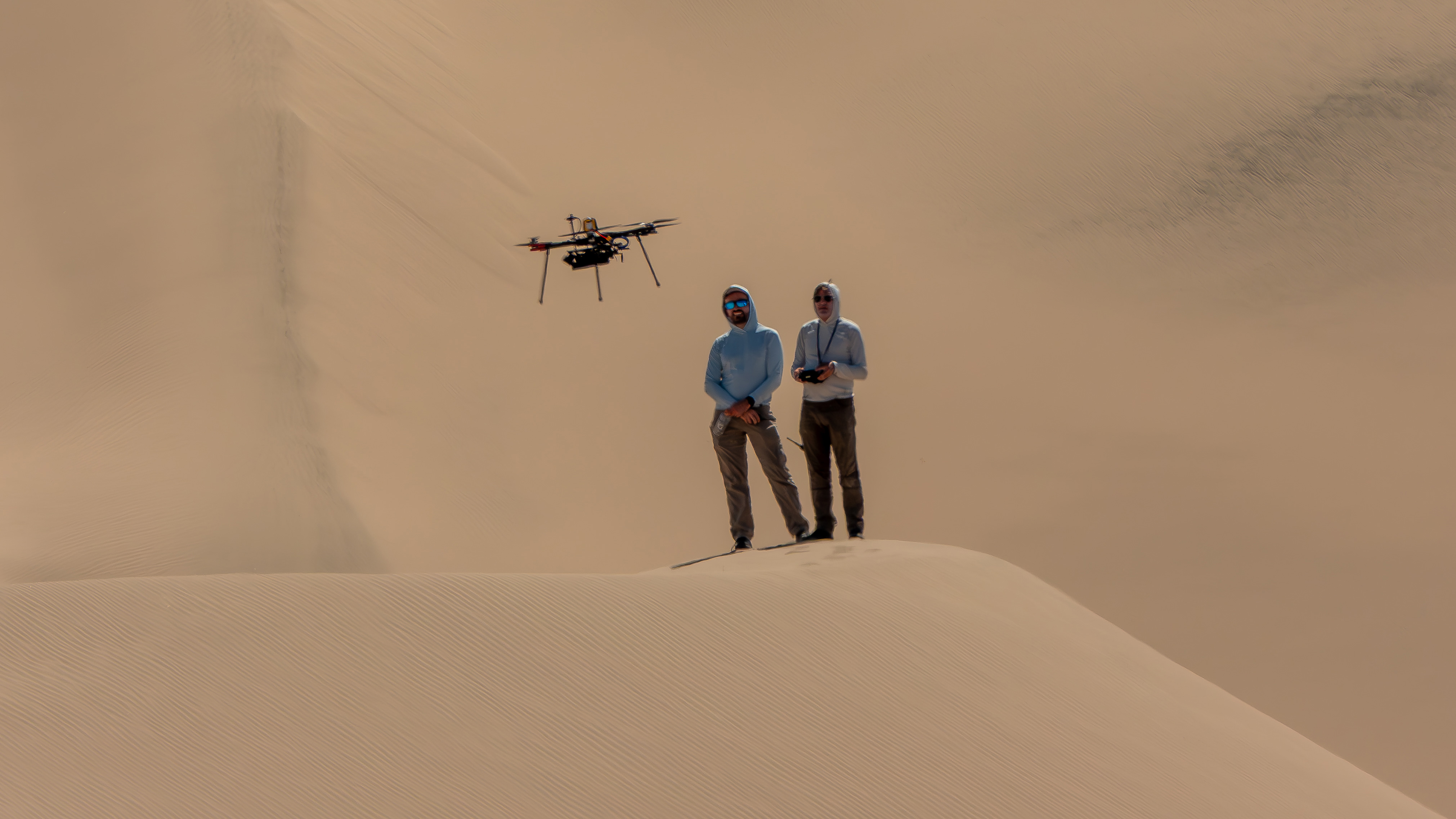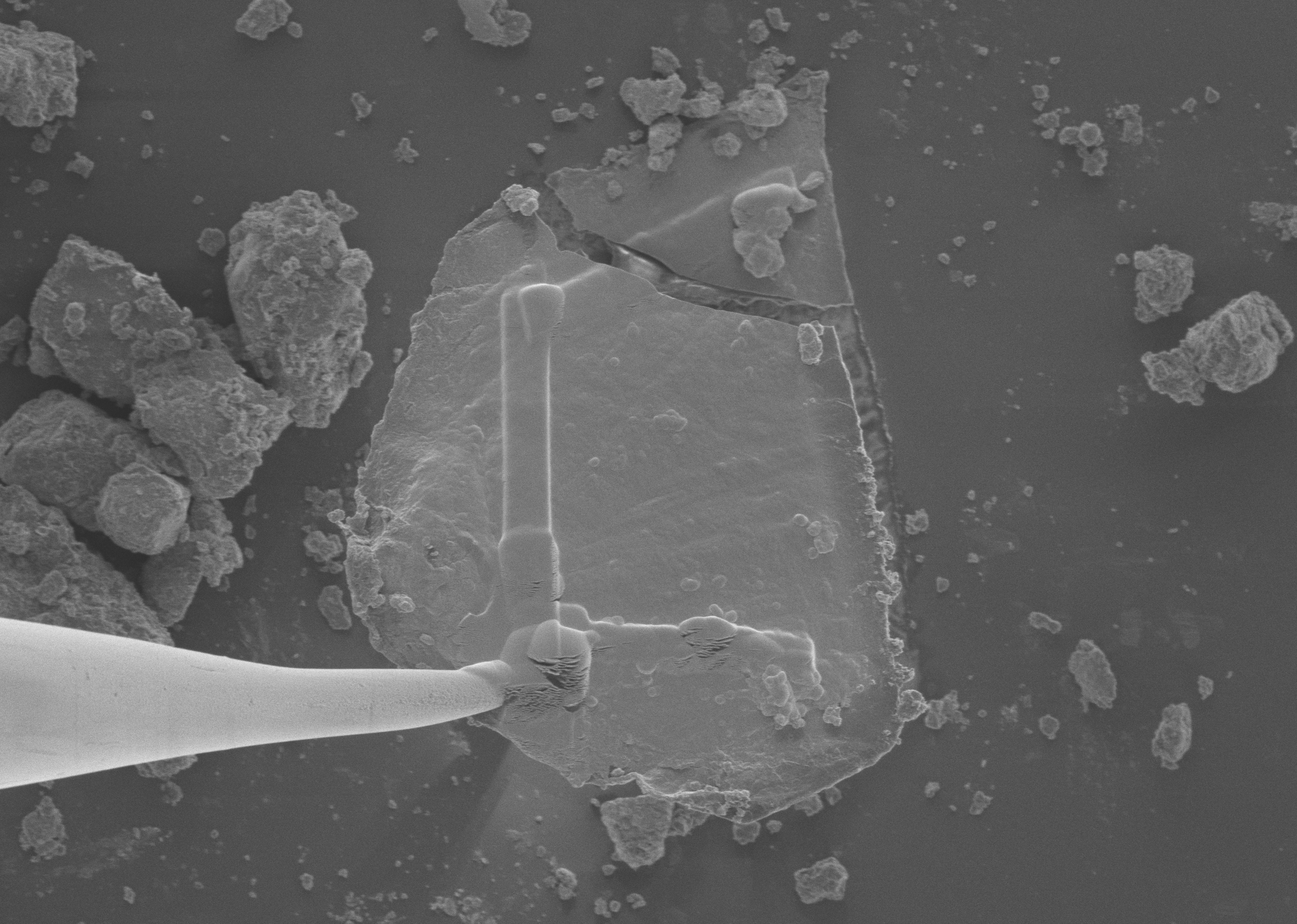Cassini Significant Events 02/27/08 - 03/04/08
March 7, 2008
(Source: Cassini Project)
The most recent spacecraft telemetry was acquired on Tuesday, March 4, from the Madrid tracking complex. The Cassini spacecraft is in an excellent state of health and all subsystems are operating normally. Information on the present position and speed of the Cassini spacecraft may be found on the "Present Position" page at: http://saturn.jpl.nasa.gov/operations/present-position.cfm.
Wednesday, Feb. 27 (DOY 058):
The official input port occurred today as part of the S41 Science Operations Plan Update (SOPU) process. Delivered products were merged and status reports were delivered to participating teams and AACS for end-to-end pointing analysis. This, the last SOPU process of the prime mission, completes on March 14. S41 begins execution on-board the spacecraft on May 31.
The Mission Sequence Subsystem (MSS) delivered version D13.1 of MSS software today at a delivery coordination meeting. The primary driver for this release is support of SOP Implementation in the proposed extended mission. Use of this software will begin with S43 on March 3.
Thursday, Feb. 28 (DOY 059):
Science activities began today with the Ultraviolet Imaging Spectrograph (UVIS) completing observations of the occultation of star Beta Hya by Saturn's rings. Magnetospheric and Plasma Science (MAPS) instruments continued a low-rate magnetospheric survey, and the Visual and Infrared Mapping Spectrometer (VIMS) performed compositional mapping of the rings.
Saturday, March 1 (DOY-061)
Orbit Trim Maneuver (OTM) #146 was performed today. This was the cleanup maneuver for the Titan 41 encounter that occurred on Feb. 22. The main engine burn began at 4:05 P.M. PST. Telemetry immediately after the maneuver showed the burn duration was 42.6 seconds, giving a delta-V of 7.02 m/sec, as planned. All subsystems reported nominal performance after the maneuver. Navigation had recommended that the maneuver sequence be uplinked early to allow for additional margin in getting the sequence on board. If the prime pass were to become unavailable, there would have been a large delta-V penalty for going to the backup pass. This was only the second time since launch where an OTM was uplinked early. The first was for OTM-144 in early February, which was done for the same reason.
Sunday, March 2 (DOY-062)
A live movable block was uplinked to the spacecraft early in the week to support Radio Science (RSS) and UVIS activities today. RSS observed a ring occultation during ingress, and atmospheric occultations during ingress and egress. The ring occultation observations measure the amplitude and phase profiles of the direct radio signal from Cassini to Earth, as modified by passage through the rings. UVIS targeted the sun during the egress occultation to measure transmission of extreme ultraviolet solar radiation through the Saturn atmosphere and to obtain atmospheric vertical temperature distribution and composition.
The Ion and Neutral Mass Spectrometer took measurements of Saturn's inner magnetosphere to determine the neutral particle and the low energy ion composition, UVIS followed with observations of the Del Per occultation, and Imaging Science performed a contiguous azimuthal scan at low phase of a selected ring feature.
Non-targeted flybys of Daphnis and Prometheus occurred today.
The spacecraft main engine cover was closed today after the execution of OTM-146 for dust hazard avoidance. It will be reopened March 3, at the start of the OTM-146 backup pass. Of course the backup pass is now not needed since the maneuver was successfully completed on Saturday, but the cover-open commands are already in the background sequence to insure that the cover is open if the back-up opportunity is needed. This cycle, number 36, was completed nominally. The cover has been open since Aug. 30, 2007. Two additional cover closures will be performed over the next three weeks.
Monday, March 3 (DOY 063):
The S43 Science Operations Plan Integration process kicked off today. Teams have until March 27 to develop products for the first delivery port.
A talk was presented today at JPL titled, "Modeling the Enceladus Plumes: Is liquid present below the surface?" This was the kick-off talk of the JPL Planetary Science Lecture Series, sponsored by the ESD Science Centers.
Tuesday, March 4 (DOY 064):
An encounter strategy meeting was held today to cover the period between March 12 and March 25, which includes the Enceladus 3 flyby, Titan 42, and maneuvers 149-151.































